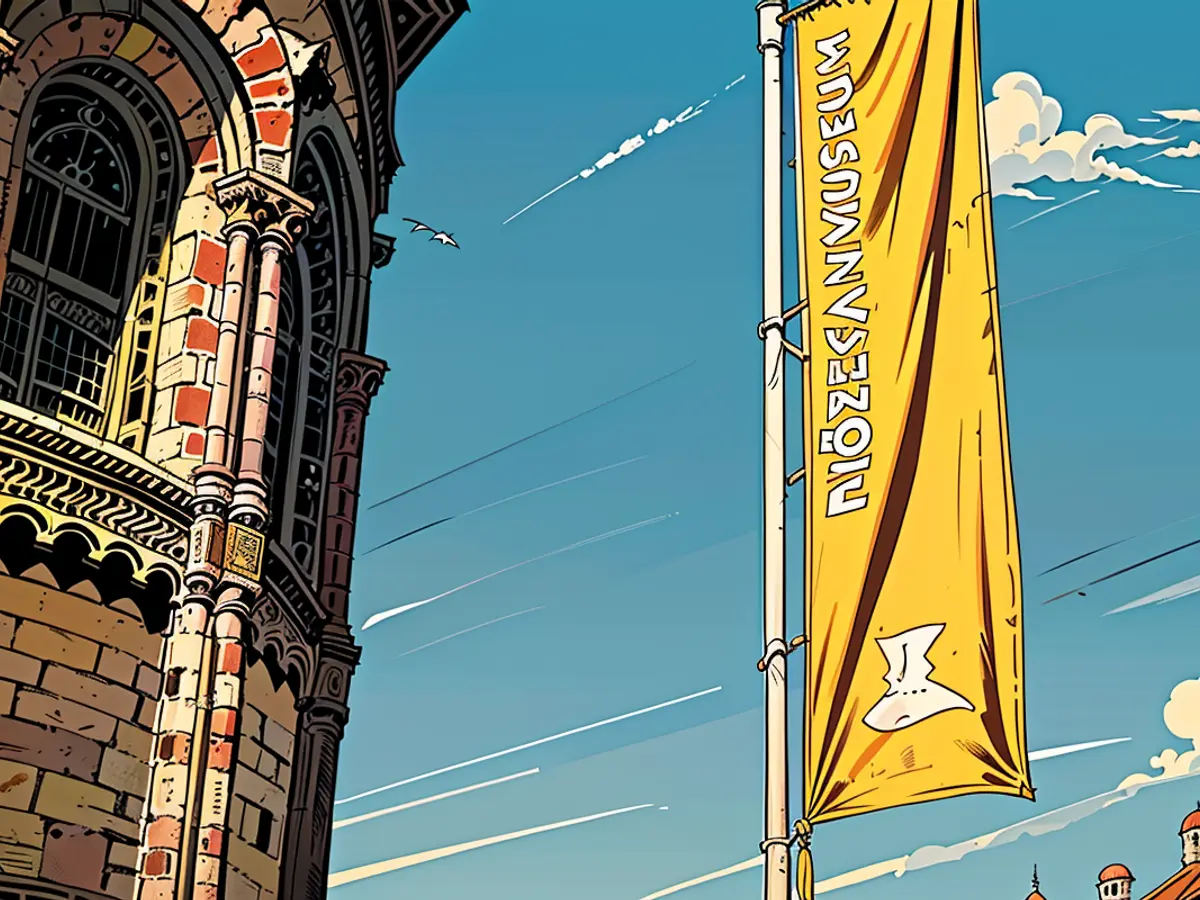- When Otto of Bamberg Christianized Pomerania 900 years ago
A special exhibition featuring loans from Bamberg and Stettin at the Wolgast City History Museum delves deep into Pomerania's past. Highlights include a 900-year-old bishop's mitre (mitra) attributed to missionary Otto of Bamberg, and a 12th-century sword and spurs from a grave on Usedom Island, likely belonging to a converted Slavic prince, according to museum director Stefan Rahde.
The exhibition, spanning 120 square meters, commemorates the 900th anniversary of Otto of Bamberg's first missionary journey to Pomerania. Also on display is a gold-encased, gem-studded human lower jawbone attributed to Otto and venerated as a relic.
Loans for the special exhibition come from the Diocesan Museum in Bamberg, Mecklenburg-Vorpommern's state archaeology, and the National Museum in Szczecin, Poland. The exhibition opens Wednesday evening and will be on display from Thursday until October 31.
Missionary journeys in 1124 and 1128 to Pomerania
Initially, Bishop Otto of Bamberg, in agreement with Slavic prince Wartislaw, Christianized Pomerania (now in Poland) in 1124, as Rahde explained. On a second journey in 1128, he turned to today's Vorpommern, including a visit to Wolgast. Otto, a skilled diplomat, introduced Christianity without resorting to military conflict.
Otto entered a world in transition, surrounded by Christian countries seeking to expand their influence onto the coastal land, the museum noted. The stories and artifacts from Otto's missionary journeys offer fascinating insights into the religious beliefs and living conditions of people on both sides of the Oder 900 years ago. The Christianization also marked the beginning of the Duchy of Pomerania.
The special exhibition at the Wolgast City History Museum, focused on Pomerania's historical context, provides a comprehensive overview of Missionary Otto of Bamberg's significant role in the region's Christianization in 1124. Moreover, the exhibition sheds light on how Otto continued his missions in Vorpommern, including a visit to Wolgast, in 1128.
In exploring the history of Pomerania, this exhibition highlights the collaborative efforts between Bishop Otto of Bamberg and Slavic prince Wartislaw, which ultimately led to the widespread adoption of Christianity in the region, permanently altering its cultural landscape.








